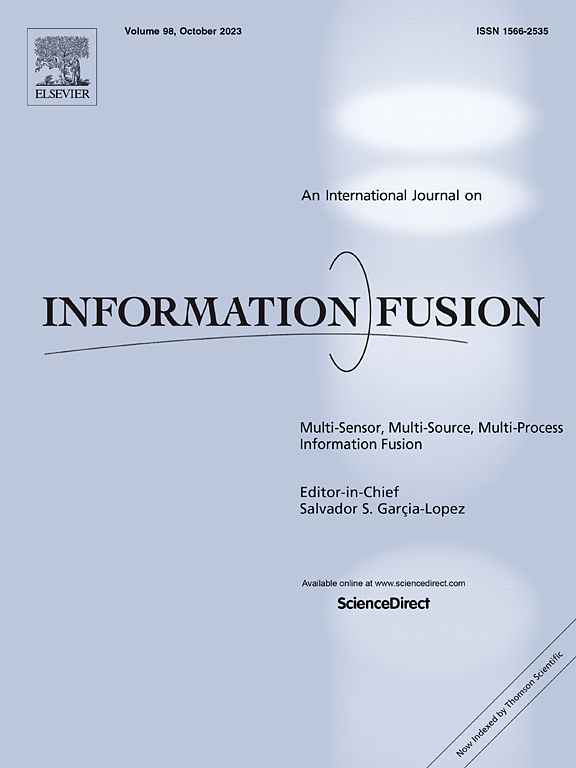Dual-task optimization with multi-dimensional feature interaction for influencer recommendation
IF 14.7
1区 计算机科学
Q1 COMPUTER SCIENCE, ARTIFICIAL INTELLIGENCE
引用次数: 0
Abstract
Influencer marketing has emerged as a critical strategy for brands to enhance audience engagement, yet existing recommendation systems often fail to effectively integrate multi-modal features or model complex interactions between brands and influencers. To address these limitations, this paper introduces MFI-IR, a dual-task optimization framework designed to enhance influencer recommendation through multi-dimensional feature interaction. The framework integrates multi-dimensional feature interactions across four key dimensions: cross-modal topic distributions, visual styles, industry labels, and sentiment orientations. By combining explicit polynomial feature interactions with implicit high-order relation mining, MFI-IR dynamically models both shallow and deep feature correlations. A dual-task optimization strategy is designed to jointly minimize matching loss and ranking loss, balancing recommendation accuracy and stability. Experimental results on a publicly available Instagram dataset demonstrate significant performance improvements, achieving an AUC of 0.9371 (6% higher than the best baseline) and a MAP of 0.9079 (3.8 improvement). The key innovations of this work include: (1) a holistic feature fusion approach that eliminates reliance on single-modality representations by unifying topic, visual, industry, and sentiment features; (2) a hybrid interaction architecture that captures both explicit and implicit feature relationships; and (3) a dual-objective learning mechanism that optimizes matching and ranking tasks simultaneously.
基于多维特征交互的网红推荐双任务优化
网红营销已经成为品牌提高受众参与度的关键策略,但现有的推荐系统往往无法有效地整合多模式特征,也无法为品牌和网红之间的复杂互动建模。为了解决这些限制,本文引入了MFI-IR,这是一个双任务优化框架,旨在通过多维特征交互来增强网红推荐。该框架集成了跨四个关键维度的多维特征交互:跨模态主题分布、视觉风格、行业标签和情感取向。MFI-IR通过将显式多项式特征交互与隐式高阶关系挖掘相结合,对浅层和深层特征关联进行动态建模。设计了一种双任务优化策略,以共同减少匹配损失和排名损失,平衡推荐的准确性和稳定性。在公开可用的Instagram数据集上的实验结果显示了显着的性能改进,实现了0.9371的AUC(比最佳基线高6%)和0.9079的MAP(提高3.8倍)。这项工作的关键创新包括:(1)一种整体特征融合方法,通过统一主题、视觉、行业和情感特征来消除对单一模态表示的依赖;(2)捕获显式和隐式特征关系的混合交互体系结构;(3)同时优化匹配任务和排序任务的双目标学习机制。
本文章由计算机程序翻译,如有差异,请以英文原文为准。
求助全文
约1分钟内获得全文
求助全文
来源期刊

Information Fusion
工程技术-计算机:理论方法
CiteScore
33.20
自引率
4.30%
发文量
161
审稿时长
7.9 months
期刊介绍:
Information Fusion serves as a central platform for showcasing advancements in multi-sensor, multi-source, multi-process information fusion, fostering collaboration among diverse disciplines driving its progress. It is the leading outlet for sharing research and development in this field, focusing on architectures, algorithms, and applications. Papers dealing with fundamental theoretical analyses as well as those demonstrating their application to real-world problems will be welcome.
 求助内容:
求助内容: 应助结果提醒方式:
应助结果提醒方式:


